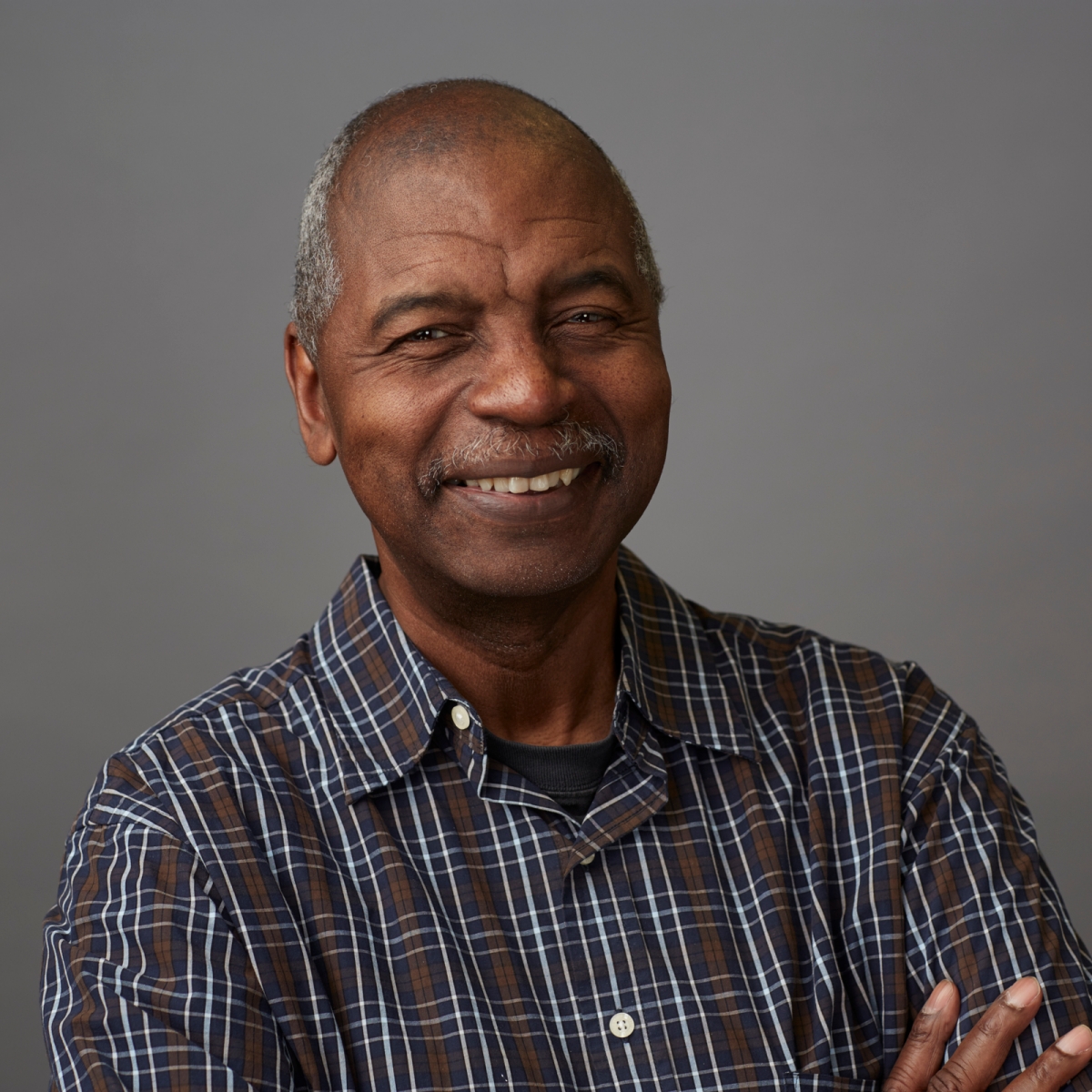 |
| The Central Park Five at Long Beach Opera. |
REVIEW
Long Beach Opera, The Central Park Five, Warner Grand Theater, San Pedro
JIM RUGGIRELLO
I was out of town and missed the opening weekend of Long Beach Opera's The Central Park Five, but caught the penultimate performance at the Warner Grand Theater in San Pedro.
In many ways, this was a typical LBO production: thought-provoking and well sung, with innovative staging. But a couple of things set it apart from, and above, the rest of the company's efforts.
One was timeliness. Ava DuVernay's Netflix miniseries on the same subject, When They See Us, premiered just last month. And our president, asked to comment on the incident, made some unfortunate remarks just last week.
The story by now is a familiar one. Briefly, five teenagers were arrested for the brutal rape of a female jogger in Central Park, New York City, in 1989. Forced confessions were extracted, the boys were convicted and served sentences of between six and 13 years. In 2002, another individual confessed to the crime, his DNA matched the crime scene, and the boys were exonerated. They later sued the city and the state, and reached settlements with both.
| Anthony Davis. |
 |
| Richard Wesley. |
Davis’ music is eclectic stylistically. He can write dissonant, dramatic passages that drive the action forward relentlessly; the end of the first act, leading up to the forced confessions, is a masterful dramatic, musical, and emotional crescendo. He can also alternate that with some really attractive straight-ahead jazz, here swingingly played by the small ensemble under Leslie Dunner. To highlight the aspects of the story that must have seemed surreal at the time, he writes spooky instrumental and electronic (a Kurzweil synthesizer is part of the ensemble) effects that chillingly capture the mood. All of the music serves the action and flows seamlessly.
 |
| Leslie Dunner. |
LBO's cast was uniformly excellent. Zeffin Quinn Hollis, memorable from LBO's recent In the Penal Colony, dominated as a character called The Masque, who took on various roles, including police interrogator and a judge, and embodied white privilege and its inherent racism. He sang beautifully and acted with authority. Jessica Mamey's self-justifying D.A. was also powerfully sung, a heartless tool. Thomas Segen was a vocally strong member of the ensemble in Steve Reich’s Three Tales back in October, and here brilliantly personified Trump; he had the mannerisms down pat without descending too much into caricature.
 |
| l-r: Zeffin Quinn Hollis as The Masque, Thomas Segen as Trump, Jessica Mamey as the D. A. |
The teenagers sang largely as a unit; the lively R&B-inflected number early on,"We Are the Freaks," was a highlight. Their occasional solo lines were well handled. Orson Van Gay (Raymond Santana) had many of them, and even if his vowels were oddly produced, his sound was vibrant. Nathan Granner sang movingly as Korey Wise, as did Cedric Berry (Yusef Salaam), Derrell Acon (Antron McCray) and Bernard Holcomb (Kevin Richardson). Standing out from the others were Lindsay Patterson and Joelle Lamarre as the mothers, each of whom had a brief heartfelt arietta, sung beautifully and with tremendous passion.
 |
| Andreas Mitisek. |
The staging managed to capture both the Harlem milieu, with the use of projections and jazz music, and the claustrophobia of the holding cells where the boys were interrogated separately. And it also smoothly shifted locations, including to the courtroom and to Trump Tower, without any loss of momentum. Dan Weingarten’s dramatic lighting enhanced every scene.
The theme of this LBO season is Justice, and the Five, once exonerated, did eventually receive large settlements from the city and state—events that are not referenced in this work. At the end, upon receiving their release from prison, the boys and their parents sing a joyous anthem, "The World Is Ours," and we seemingly get a happy ending.
But there is one final image; the group turns upstage as they, and we, read a headline announcing the acquittal of the officers involved in the police shooting of 12 year old Tamir Rice.
It's a shocking, and sobering, conclusion. The shock waves still resonate.
Long Beach Opera, The Central Park Five, Warner Grand Theater, June 22, 2019, 7:30 p.m.
Images: LBO Production photos, Keith Ian Polakoff; Anthony Davis, Music Sales Classical; Richard Wesley, NYU; Andreas Mitisek, Long Beach Opera.

































